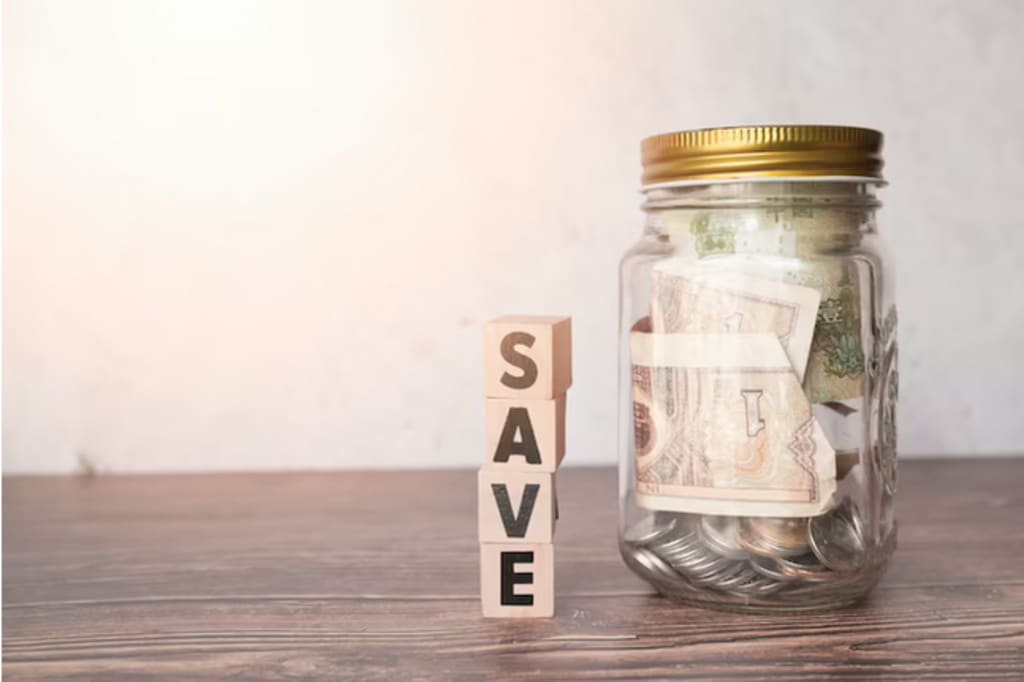
In the realm of personal finance, the practice of managing credit cards is akin to a delicate dance. While credit cards offer a robust platform for financial flexibility, they can also entangle you in a web of complexity and uncertainty. A question that frequently arises in this dance of debits and credits is whether one can pay off a credit card using another credit card. This article explores this question from a less-trodden path, offering fresh perspectives, such as the use of an unsecured personal loan for debt consolidation and innovative analogies to enhance your understanding.
The Paradox of Credit Recycling
The Concept of Credit Recycling: Imagine a situation where you’re juggling two water balloons, each representing a credit card. Paying off one credit card with another is like transferring water from one balloon to another. The weight doesn’t disappear; it just shifts. This act of ‘credit recycling’ might seem like a clever trick, but it often leads to a cycle that’s hard to escape.
Unsecured Personal Loans as a Prelude: Before diving deeper into the credit card conundrum, it’s crucial to understand an alternative: unsecured personal loans. These loans don’t require collateral and can be a lifeline when consolidating credit card debts. They serve as a benchmark in our exploration, offering a contrast to the revolving nature of credit card debts.
The Mirage of Minimum Payments
Stretching the Rubber Band: Paying a credit card with another credit card is akin to stretching a rubber band further, hoping it won’t snap. This approach often involves making minimum payments, which, like stretching a rubber band, prolongs the tension without solving the underlying issue. It’s a short-term solution that might lead to long-term problems.
Case Study – The Minimum Payment Trap: Consider the story of Alex, who juggled two credit cards by paying the minimum amount due on each with the other. Over time, Alex’s debts didn’t decrease; they transformed into a larger, more daunting figure due to compounded interest and fees.
The Interest Rate Quagmire
Navigating the Swamp: Delving into the interest rates associated with credit card payments is like navigating a swamp. It’s murky and full of unseen traps. Transferring balances might seem like a solid stepping stone, but it often leads deeper into the swamp.
The High-Interest Dilemma: High-interest rates on credit cards are like quicksand; the more you struggle by only making minimum payments, the deeper you sink. When you pay a card with another card, you’re not just transferring debt; you’re potentially escalating it due to these rates.
Balance Transfers: A Double-Edged Sword
The Illusion of Relief: Balance transfers, often marketed as a solution, can be a double-edged sword. They’re like finding a boat in our swamp analogy – it seems like salvation, but it comes with its own set of problems.
Case Study – Balance Transfer Pitfalls: Emily transferred her debt from a high-interest credit card to a card with an introductory 0% APR. While this provided temporary relief, Emily didn’t change her spending habits. Once the promotional period ended, she was back in the swamp with even higher debt.
The Alternative Routes
Unsecured Personal Loans Revisited: Returning to the unsecured personal loans, these are like a bridge over the swamp. They consolidate debt and often come with lower interest rates compared to credit cards, offering a clearer path to debt freedom.
Budgeting and Financial Discipline: The ultimate solution lies in cultivating financial discipline and a robust budgeting strategy. It’s like learning to navigate the swamp without falling in. Understanding your spending patterns, cutting unnecessary expenses, and creating a repayment plan can set you on a path to financial stability.
Conclusion: A Road Less Traveled
In conclusion, while paying off a credit card with another might seem like an easy fix, it’s a path fraught with pitfalls. It’s essential to explore alternative methods, such as unsecured personal loans or adopting stricter financial discipline, to navigate the complex world of credit card debt. This journey might be less traveled, but it leads to a more sustainable financial future.




